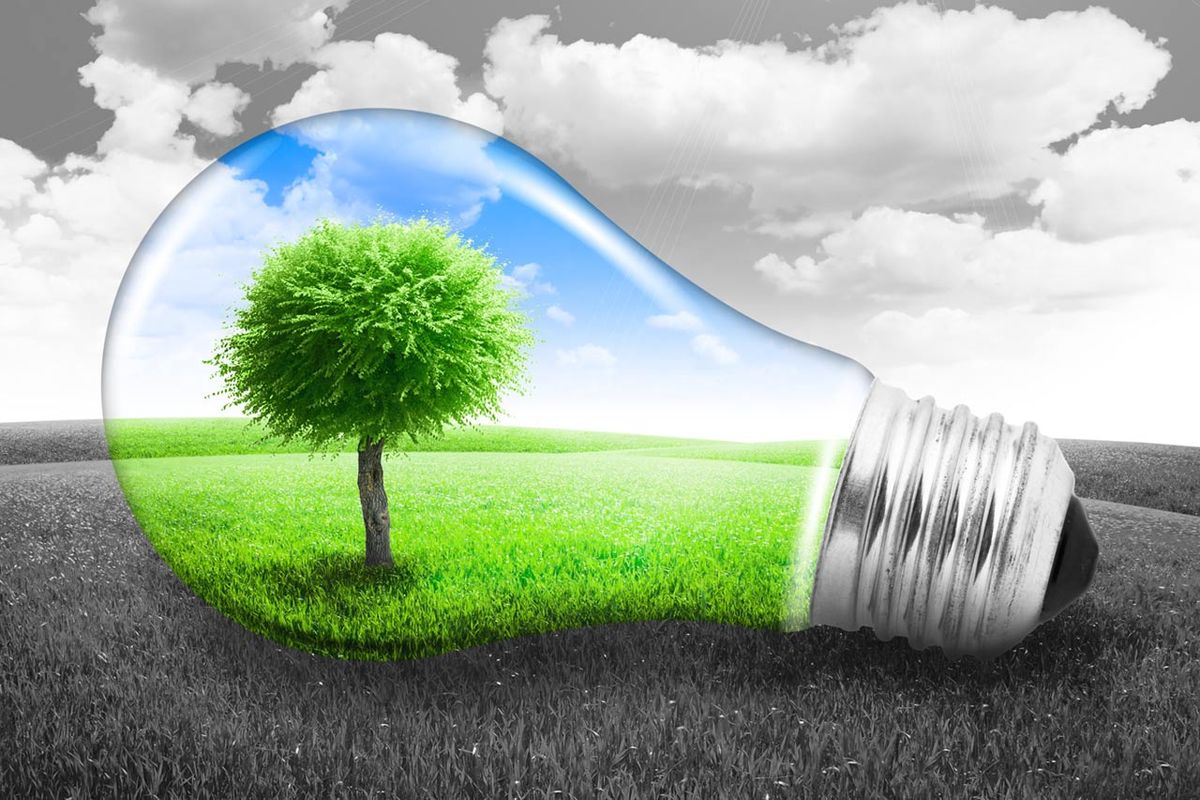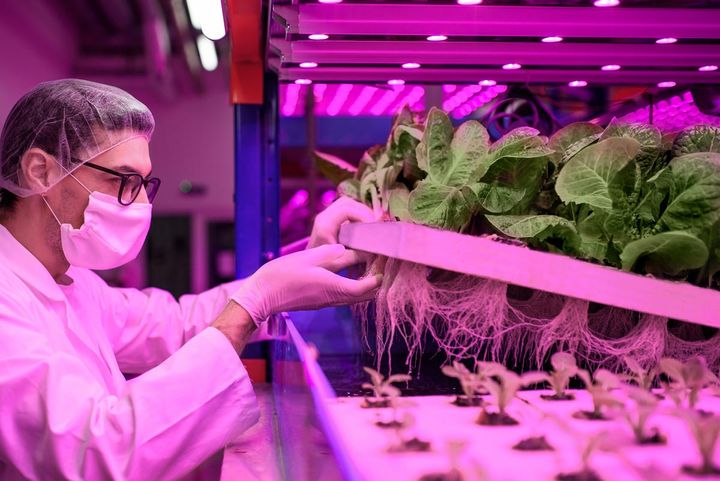Environmental Advantages of LED Lights

Reducing our carbon footprint is a responsibility that we all share. Thanks to new and upcoming technologies, we can help reduce carbon emissions and a prime example of this is using LED lighting. LED lighting provides many environmental advantages, including being energy efficient, producing zero toxic elements, requiring less light fixtures, and having a longer life span.
LED lights are up to 80% more efficient than fluorescent and incandescent lights. In fact, 95% of the energy in LEDs is converted into light while only 5% is wasted as heat. This is compared to fluorescent lights which convert 95% of energy to heat and only 5% into light. LED lights also draw much less power than traditional lighting. For example, a typical 84 watt fluorescent can be replaced with a 36 watt LED to give the same level of light. This upgrade means less energy use, reducing the demand from power plants, and decreases greenhouse gas emissions.
Fluorescent strip lights contain toxic chemicals, such as mercury. When disposed of in a landfill, this will contaminate the environment. Many states have a law stating that fluorescent lights must be properly recycled. While LEDs also need to be correctly disposed of, they do not contain any toxic elements which protects the environment. Check out our blog How to Properly Dispose of Light Bulbs for more information on recycling incandescent, halogen, fluorescent, CFLS, or LED bulbs.
LEDs provide a better quality of light distribution and light focus in one direction as opposed to other types of lighting. Other types waste energy by emitting light in all directions, often illuminating areas where light isn't required (such as the ceiling). Using LEDs mean you'll need less lights to achieve the same level of brightness, and fewer lights mean less energy consumption and therefore is beneficial to the environment.
LED lights will last up to 6 times longer than other types of lights which reduces the need for frequent replacements. Since a longer life span means lower carbon emissions, using LED lights results in fewer resources needed for manufacturing processes, packaging materials, and transportation.
Check back to see new articles and guides , or feel free to click another article to experience more great insights and advice.



